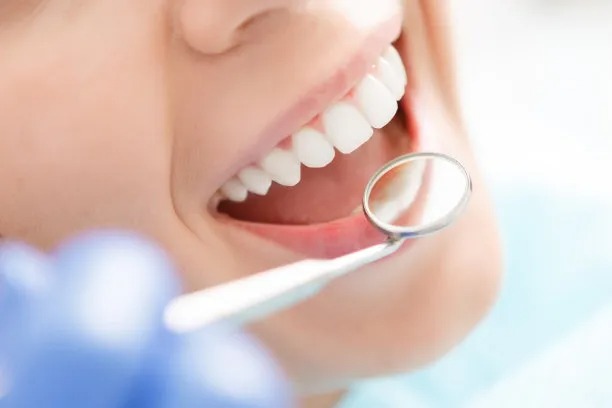The Essential Guide to Safely Extracting a Tooth and Minimizing Discomfort During the Process
Summary: Tooth extraction, while sometimes necessary, can be a daunting task. This guide provides essential insights into safely extracting a tooth and minimizing discomfort throughout the process. By understanding the preparation needed, the technique, post-extraction care, and when to seek professional help, individuals can approach tooth extraction with confidence. This article aims to demystify the extraction process, ensuring that readers feel empowered and informed. In addition, it emphasizes the importance of pain management and aftercare to promote efficient healing and comfort. This comprehensive guide serves as a valuable resource for those facing this dental challenge.
1. Preparing for the Tooth Extraction Procedure

Preparation is key to a successful tooth extraction. Before the procedure, it is essential to gather the necessary supplies, including sterile instruments, gauze, and antiseptics. If you’re planning to extract your own tooth, ensure that you have everything at hand to avoid any interruptions during the extraction.
Additionally, consider your overall health condition and any medications you might be taking. Inform yourself about potential complications based on your medical history. A consultation with a dental professional may also provide valuable insights and guidance tailored to your specific situation.
Creating a calm and comfortable environment can significantly impact the extraction process. Make sure the area is well-lit and free from distractions to help maintain focus. Do some calming exercises or listen to soothing music to reduce anxiety, as mental preparation is just as vital as physical readiness.
2. The Tooth Extraction Technique Explained
Tooth extraction requires a proper technique to ensure safety and minimize discomfort. First, anesthetize the area around the tooth using either local anesthesia or a numbing gel. This step is crucial as it helps to block pain signals, making the process more bearable.
Once anesthetized, grasp the tooth firmly with extraction forceps. Using a gentle but firm rocking motion helps to loosen the tooth from its socket. Avoid rushing this step to minimize trauma to the surrounding gums and tissues, as this can lead to increased pain and prolonged healing.
Upon successful removal, inspect the socket for any remaining fragments and clean the area carefully. Proper technique goes a long way in promoting effective healing, as a clean extraction reduces infection risks and facilitates quicker recovery.
3. Caring for Yourself Post-Extraction
After the extraction, proper care is vital for minimizing discomfort and promoting healing. Initially, bite down on a piece of gauze for at least 30 minutes to control bleeding. If bleeding persists, replace the gauze as needed. Avoid using straws or spitting forcefully for the first 24 hours to prevent dislodging the blood clot and delaying healing.
Managing pain effectively is also critical post-extraction. Over-the-counter pain relievers can be effective in alleviating discomfort. Depending on individual pain tolerance, using cold compresses on the cheek can reduce swelling and numb the area, providing additional relief.
As for diet, stick to soft foods for the first few days. Foods like yogurt, mashed potatoes, and smoothies are ideal. Stay hydrated but opt for lukewarm or room temperature liquids. It’s also advisable to avoid hot and spicy foods that may irritate the extraction site.
4. When to Seek Professional Help
Even with careful preparation and aftercare, complications can arise following a tooth extraction. Signs of severe pain, prolonged bleeding, or swelling that does not subside should prompt a consultation with a dental professional. These symptoms may indicate an infection or dry socket, which requires immediate attention.
Additionally, if fever or unusual symptoms develop, it is crucial to seek help promptly. Early intervention can prevent more serious complications and help ensure a smooth recovery. Relying on professional expertise can provide peace of mind and allow for proper treatment if necessary.
Finally, regular follow-up appointments are essential to monitor the healing process. A dentist can provide specific instructions tailored to individual recovery needs and assess healing progress.
Summary:
This guide offers essential knowledge for safely extracting a tooth and minimizing discomfort. From preparing for the procedure to understanding post-extraction care and recognizing when to seek professional help, the information provided empowers individuals facing this challenge. Following the outlined steps can greatly enhance comfort and promote effective healing.
This article is compiled by Vickong Dental and the content is for reference only.


